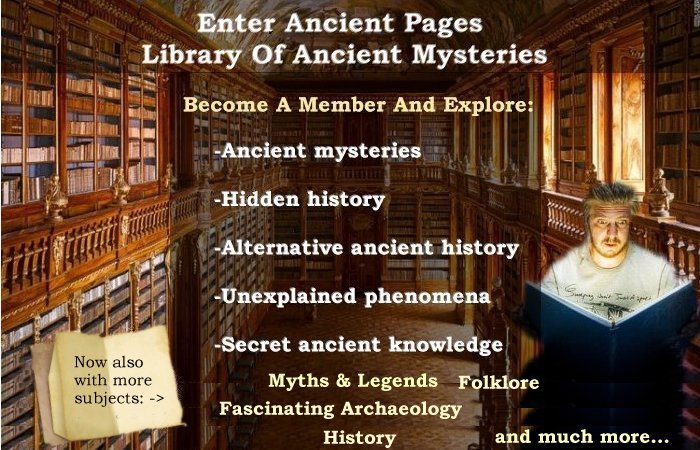Ellen Lloyd– AncientPages.com – It’s difficult to say where we can find traces of the world’s oldest civilization because many ancient underwater ruins still await our discovery. There are many mysteries beneath the waters, and we have only unraveled a small percentage of them.
In the Sumerian creation myth Enki and Ninhursag, God Enki promised to create a marvelous land called Dilmun where life could thrive.
“For Dilmun, the land of my lady’s heart, I will create long waterways, rivers and canals, whereby water will flow to quench the thirst of all beings and bring abundance to all that lives.”
“Most scholars agree the ancient Sumerians were the earliest developed civilization in our recorded history. Mesopotamia is therefore often characterized as the cradle of civilization.” 1
This doesn’t necessarily mean that Sumerians were the oldest civilization. There is archaeological evidence that advanced ancient civilizations existed long before the Sumerians. The Indus Valley civilization, also called the Harappan civilization, was one of the world’s largest and oldest civilizations, and it's very possible they predate the Pharaohs and Sumerians.
Scientist Jeffrey Rose from the Birmingham University has suggested that paleoenvironmental, archaeological, and genetic evidence from the Arabian Peninsula and southern Iran provide us with vital clues about some of the earliest civilizations that walked the Earth.
This is a preview of our premium article available only to members of Ancient Pages.
Become a member to read more - Click here
If you are already a member and have logged in to your account, you can access the article here
See also:
Mysterious Wise Pre-Flood Beings Who Gave Humans A Precious Gift – Did We Reject It?
More From Ancient Pages Library Of Ancient And Unexplained Mysteries








